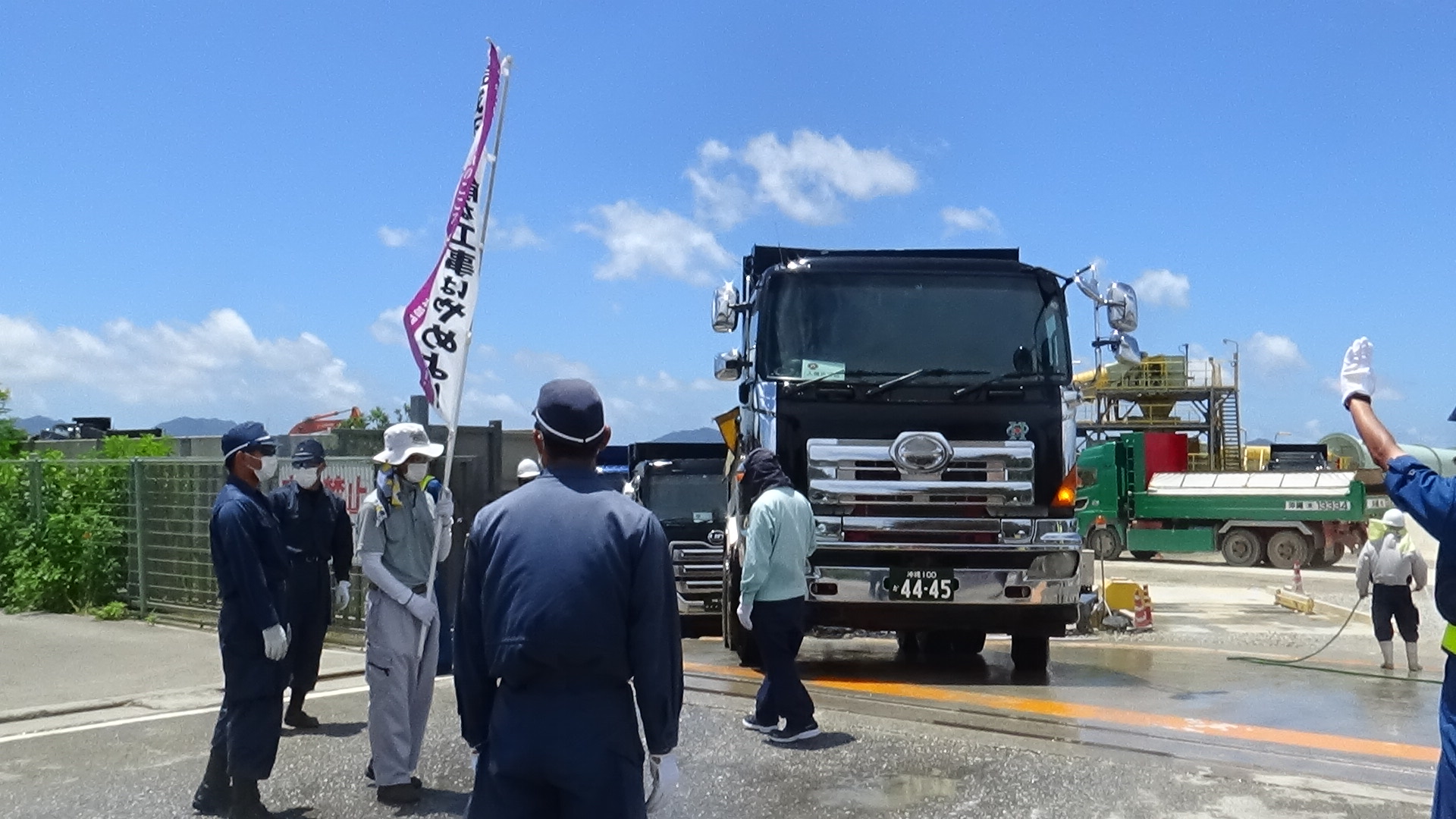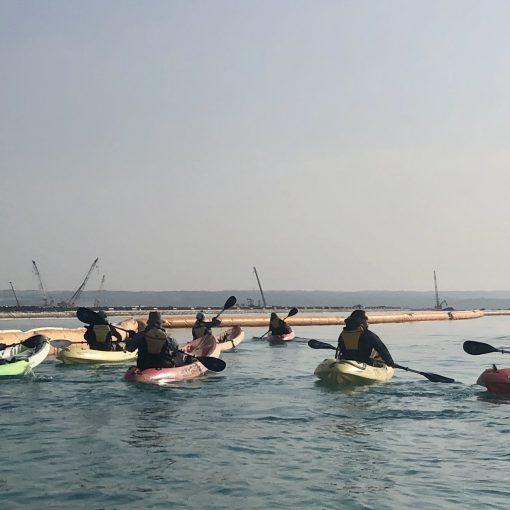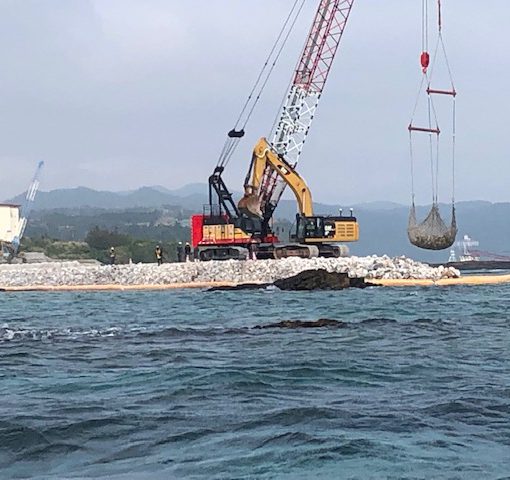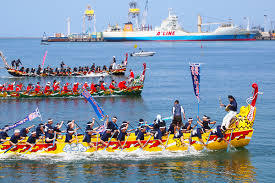The U.S. forces based in Okinawa continues to be arbitrary and threatens the lives of Okinawa citizens. On the 9th of July, the U.S. Air Force announced that a parachute training would be held at Kadena Air Base. The SACO agreement between the U.S. and Japan states that only in ‘exceptional’ cases parachute training may take place outside of Iejima Airfield. Concerning the training to take place at Kadena Air Base, the commander of the base stated that it was due to the bad weather. Okinawa City, Kadena Town, and Chatan Town demanded the Kadena base to stop the parachute training because “such training is not allowed at Kadena base per the agreement”. Many official complaints have been filed to the base because a parachute training at the base surrounded by a densely populated residential area is at a high risk of inviting serious accidents.
However, the U.S. forces has been ignoring our request and continues training at the base.I

In July, more cases of covid-19 have been confirmed within the U.S. military bases. It was disclosed that 7 confirmed cases were reported at Futenma Airbase and, on July 10, 7 or 8 cases at Camp Hansen. The total number of infected cases is 17 or 18 as of now. The U.S. forces has reported the number of infected cases to Okinawa prefectural government but requested not to make it public because it is a “confidential military matter”.
Since July and August are the time for the U.S. forces to relocated and transfer jobs, a great number of military and civilian employees come from the U.S. to Okinawa. As there is no immigration check for the U.S. military personnel, they can come and go with no check across the border and also among the bases; Camp Hansen, Camp Schwab, and Kadena Air Base, within Okinawa prefecture. Furthermore, there are no restrictions for leaving the bases at night.
If the U.S. military is here for ‘the defense of Japan’, it should have the obligation to first and foremost protect the lives of the Okinawa citizens to its best ability. It increases our anger that the U.S. forces seems to favor military training above the lives of the Okinawa citizens.
(In front of the Camp Schwab Gate)
Around thirty people resumed the sit-in protest from 8:30 a.m. A lot of people blamed the U.S. military that no details were disclosed regarding the re-infected cases found within the bases. Some people insisted: “if no details are made public, all the bases should be locked down.”
From the morning through the afternoon, 207 deliveries of landfill soil arrived in three rounds.

(Ryukyu Cement Awa Pier)
In the strong sunlight, twenty people demonstrated in front of the entrance and shouted against the dump trucks that “landfill materials destroy the sea” and that “they are helping the illegal construction.” In front of the exit, five people hindered the dump trucks by slowly walking in front of them. 795 truckloads were transported onto four cargo ships.
Since the construction activities resumed on the 15th of June, the delivery of soil and sand continues up until 8 o’clock in the evening.
The canoe-team prepared a protest action on the water, but because of the big waves they cancelled the rally.



(Motobu Shiokawa Pier)
There was no activity probably because there were no empty vessels available
Number of dump trucks to date and percentage against the total
The estimation calculated on the basis of the number of ruckloads serves only as a reference.
Number of dump trucks which made delivery from December 2018 to the end of December 2019 114,601(1.39%)
| 4(Sat) | 6(Mon) | 7(Tue) | 8(Wed) | 9(Thr) | 10(Fri) | |
| Awa | 882 | 1066 | 900 | 937 | 802 | 971 |
| Shiokawa | 0 | 394 | 275 | 271 | 523 | 0 |
| Number of dump trucks ※ |
Weightt of earth/sand
※① |
Converted to volume
※② |
Volume per Total
※③ |
| 202,099 | 1,010,495t | 525,248㎥ | 2.501% |
※ Cumulative since Dec. 1, 2019
※① Calculated by assuming that the average truckload per dump truck would be 5 tons
※② Calculated by assuming that a specific weight of soil/sand set to be 2
※③ Percentage against 20.200.000m3, the total volume of earth and sand required for the landfill.





